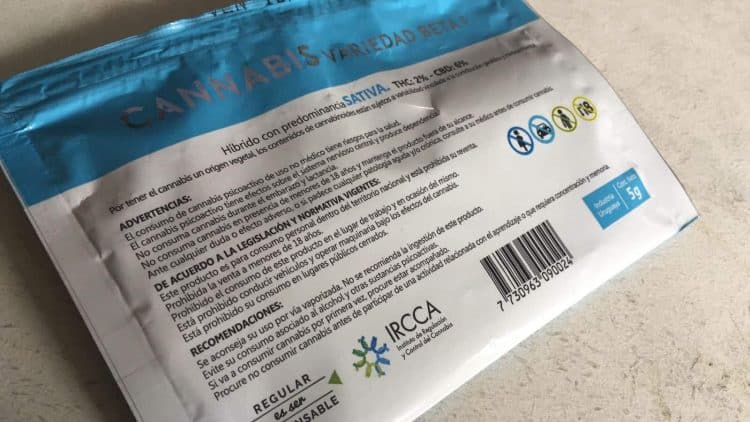The accuracy of cannabis products’ packages, or the lack thereof, has been identified as one of the main obstacles to the progress of the industry and its reputation. Accuracy is all-the-more crucial for edibles, as they are notoriously trickier because of the delayed onset of their effects and potential borderline psychedelic shades due to the different route of tetrahydrocannabinol (THC) metabolization.
However, no matter how accurate a package is, it isn’t worth much when it can’t be interpreted accurately. And it turns out, a great deal of cannabis consumers struggle to do so.
University of Waterloo’s Role
A study from the University of Waterloo involving 870 Canadians between the ages of 16 and 30 explored how consumers navigate the information on the cannabis edibles’ packages. [1]
To that end, the researchers conducted two experiments. The first goal was to determine if the participants could estimate the amount of servings per package, and the second had them determine the potency of the product. The first experiment “randomized respondents to one of three labelling conditions” — no label, THC mg, and number of doses. The second one did so in one of four labelling conditions — no label, % THC, THC mg, and a traffic light system (green for low THC, red for high THC).
The Results Were an Eye-Opener.
At 54.1% accuracy, labelling the number of doses (e.g., a cookie with 4 doses) proved the most understandable way for consumers to determine the recommended serving. In comparison, when having THC mg to go by, only 13.4% of participants responded correctly.
As perhaps may be expected, the traffic light system was the easiest way to gauge THC levels, with 85.1% of participants managing to identify low THC contents and 86.4% correctly determining high THC contents. Without labeling, only about 2% and 5% of participants identified low and high THC, respectively. Labels with THC mg approached 30% accuracy; labels with % THC were similarly interpreted. [1]
“Using THC numbers to express potency of cannabis products has little or no meaning to most young Canadians,” said David Hammond of Waterloo’s School of Public Health and Health Systems. “We’ve known for many years that people struggle to understand the numbers on the back of food packages and cigarette packages. Consumers seem to have equal or even more difficulty with THC numbers, which are used to indicate the potency of cannabis products.”
Final Word
The results of this seemingly simplistic study are nothing to be scoffed at, as they point to the need for more straightforward, user-friendly packaging that eliminates unnecessary math work, and in doing so can spare consumers undesired experiences and spare the cannabis industry any undeserved bad reputation in the process.
References:
- Leos-Toro C, Fong GT, Meyer SB, Hammond D. Cannabis labelling and consumer understanding of THC levels and serving sizes. Drug and Alcohol Dependence. 2020;208(107843). Journal Impact Factor = 3.951; Times Cited = 3
Image Credit: maurirope, CC BY-SA 4.0












